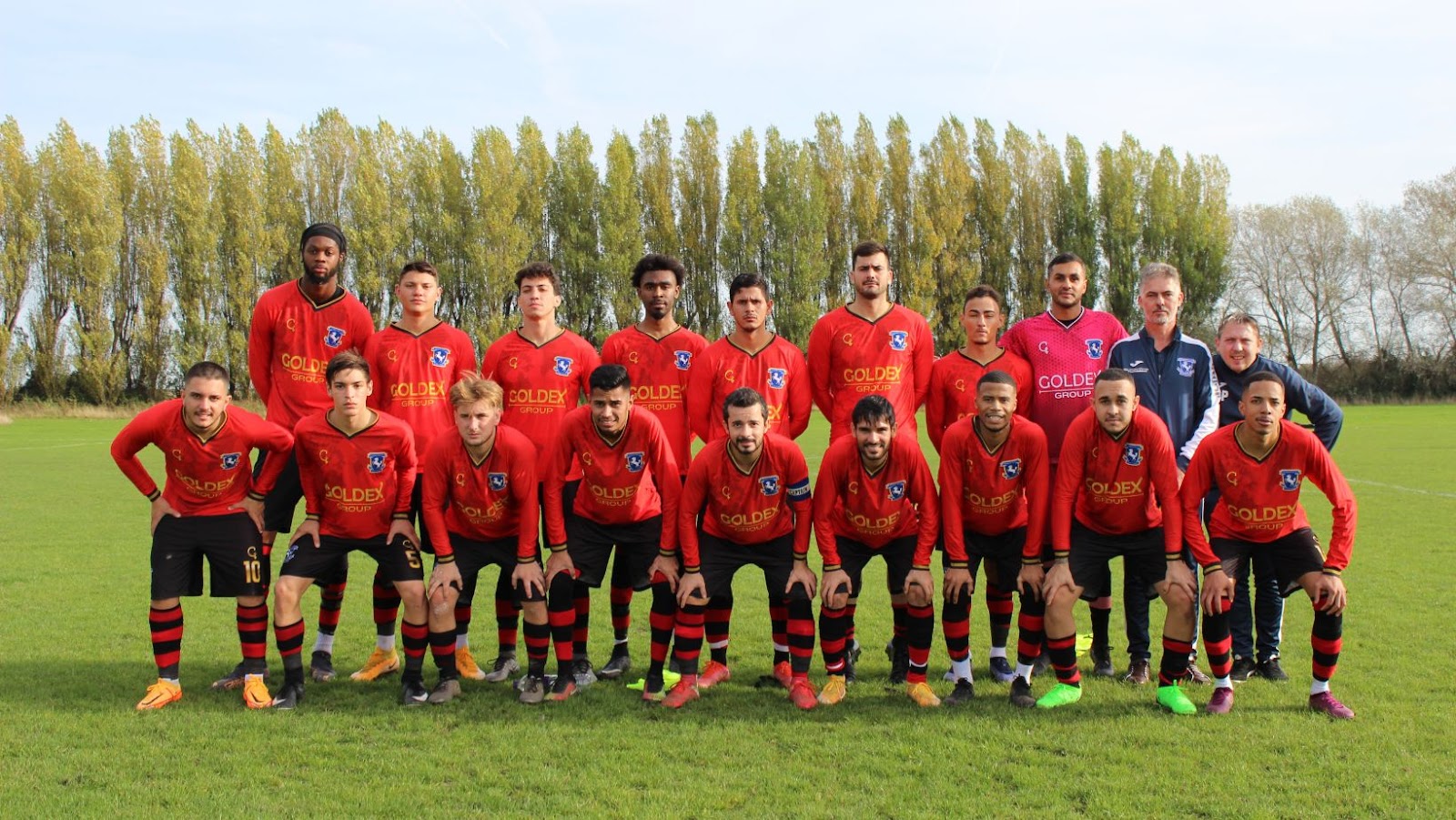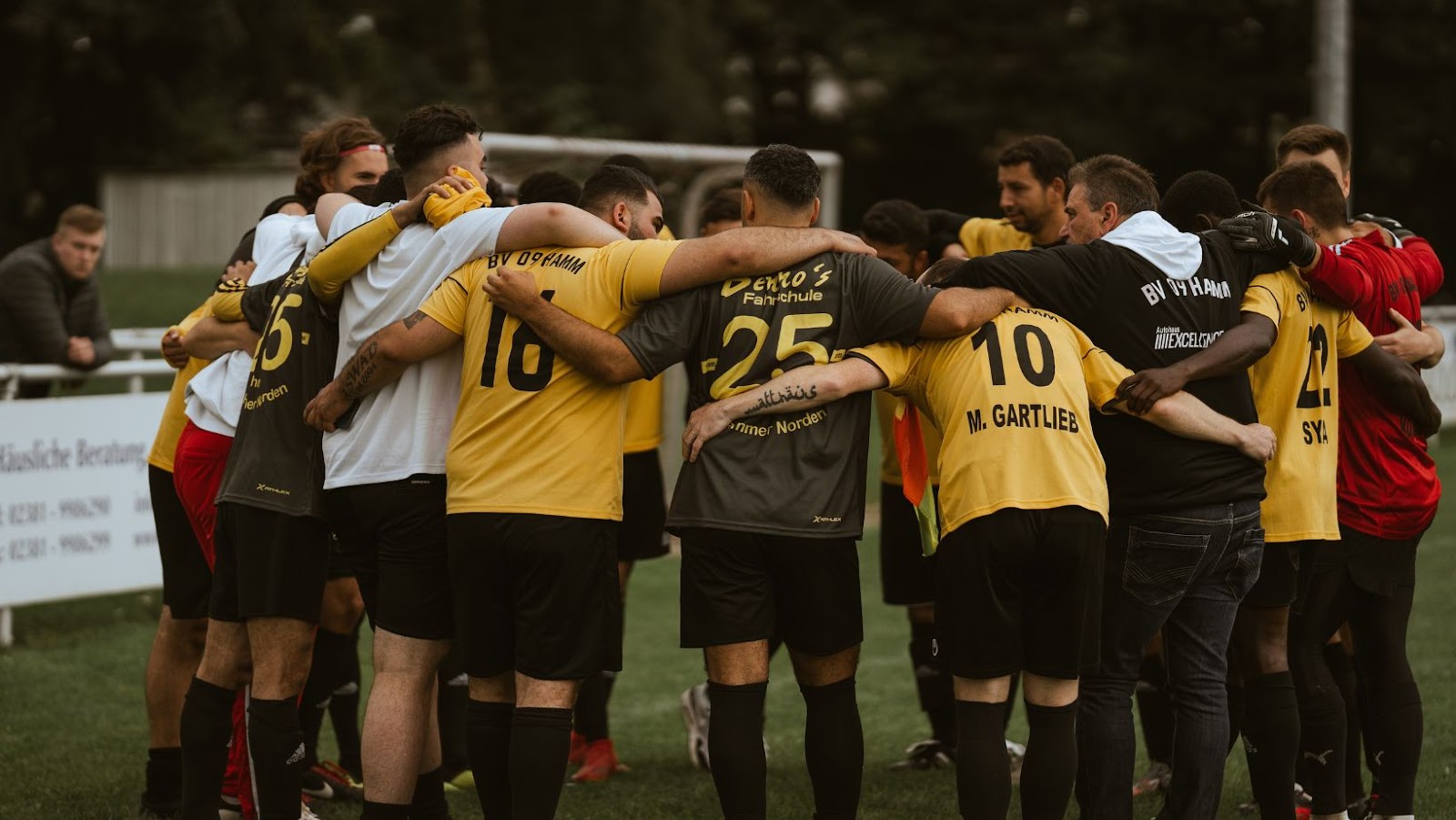In the United States, the number of kids playing organized soccer has been on the decline for years. The decline has been especially steep among boys, with the number of boys playing soccer falling by nearly 30 percent since 2000. There are a number of factors that have contributed to this decline, including the rise in popularity of other sports (such as basketball and football) and a general decline in interest in organized sports among kids.
One potential reason for the decline in interest in soccer specifically may be the lack of excitement around the sport at the youth level. In most youth soccer leagues, games are played on smaller fields with fewer players (usually 8v8 or 9v9). This can make for a less exciting game, as there is less space for players to make plays and scoring opportunities are fewer and far between. Compare this to basketball or football, where games are played on larger fields with more players (11v11), and it’s easy to see why some kids may be more interested in those sports.
The good news is that there is a growing movement within youth soccer to transition from smaller-sided games (8v8 or 9v9) to larger-sided games (11v11). The thinking behind this is that 11v11 games will be more exciting and will better prepare young players for the higher levels of soccer. This transition is already happening at the highest levels of youth soccer in the United States, with many of the top leagues (including US Youth Soccer and Development Academy) already playing 11v11 games.
The transition to 11v11 is not without its challenges, though, as it requires more players and more space. But if we can overcome these challenges, it could mean a resurgence in interest in youth soccer in the United States.
The Benefits of 11v11
The switch to 11v11 usually happens around age 12 or 13 for most youth players. This can be a tough transition for some because it is a significant increase in the size of the field and the number of players. 11v11 can be more challenging and requires more stamina, but it can also be more rewarding. Let’s explore some of the benefits of 11v11.
More Opportunities to Score
In an 11v11 game, there are more goals scored overall. On average, in an 11v11 game, there are 2.48 goals scored per game while in a 9v9 game, there are 1.96 goals scored per game. This means that players have more opportunities to practise scoring goals, which is an important aspect of the game.
In addition, because there are more players on the pitch, the players are spread out more and this results in more one-on-one situations. This is beneficial for players as it gives them the opportunity to learn how to deal with these situations. One-on-one situations are a key part of football and being able to handle them well can be the difference between winning and losing a match.
Improved Player Development
The switch to 11v11 has been debated for quite some time. Some believe that it should happen sooner, while others argue that it should happen later. The main concern is player development.
The benefits of 11v11 are many. It helps players to develop better decision-making skills, as they have more space and time on the ball. They also learn how to better read the game and make quicker decisions. Additionally, it allows players to experience a higher level of competition, which can help them to improve their technical skills.
There are also some negative aspects of 11v11, such as an increased risk of injury. However, this can be mitigated by proper coaching and player management. Ultimately, the decision of when to switch to 11v11 should be made on a case-by-case basis, taking into consideration the needs of the individual player.
The Challenges of 11v11
The switch to 11v11 can be a difficult one for both players and coaches. It can be a challenge to find the right balance of players on the field, and it can be difficult to get everyone involved in the game. There are also a few new rules to learn. Let’s get into the details.

More Physicality
The physicality of the game increases drastically when moving from 9v9 to 11v11. With two more field players and a bigger playing surface, there is simply more ground to cover and more bodies to battle. Moreover, with the addition of goalkeepers, there are now three zones on the field (defensive, midfield, and attacking) that players must be aware of at all times. spatial awareness becomes increasingly important as the game becomes more spread out.
In addition to the physical challenges posed by 11v11, there are also several technical and tactical challenges that players must be aware of. With more field players comes more responsibility in terms of tracking runs and marking opponents. Players must learn how to communicate with their teammates effectively in order to organize the defense and keep everyone on the same page. On the other side of the ball, attacking players have more options available to them but must also be aware of their defensive responsibilities when losing possession. There is simply no time to rest on either side of the ball when playing 11v11!
Requires More Space
The biggest challenge when playing 11v11 is finding enough space. This can be difficult on smaller pitches, or when there are a lot of people around the pitch (e.g. parents and other spectators). Another challenge is that there are more players on the pitch, so it can be more difficult to keep track of what is happening. This can make it more challenging to make effective decisions about where to pass the ball, or when to make a run.
The Future of Youth Soccer in the United States
The future of youth soccer in the United States will eventually see all teams playing 11-a-side matches on full-size fields, according to a recent study.
The study, conducted by the Aspen Institute’s Project Play, found that the 10v10 format currently used by most youth soccer leagues in the country is “not developmentally appropriate” for players aged 11 and up.
Project Play’s report recommends that US Youth Soccer and other governing bodies make the switch to 11v11 “as soon as possible,” with a gradual transition beginning at the U-13 level.

The benefits of playing 11v11 are well-documented, and include improved physical conditioning, decision-making, and tactical awareness. There is also a greater sense of camaraderie among teammates, as well as a more intense level of competition.
Making the switch to 11v11 will require a significant investment from youth soccer clubs and organizations, but it is an investment that will pay off in the long run by helping to develop better players.
When Does Youth Soccer go to 11v11
The transition from 8v8 to 11v11 soccer can be a big one for young players. After years of playing on smaller fields with fewer teammates, they now must adjust to a larger pitch and playing with more players. The jump can be challenging, but it can also be a lot of fun. Many children make the transition around age 12 or 13. Some leagues allow players to transition as early as age 11, while others wait until age 14 or 15.
